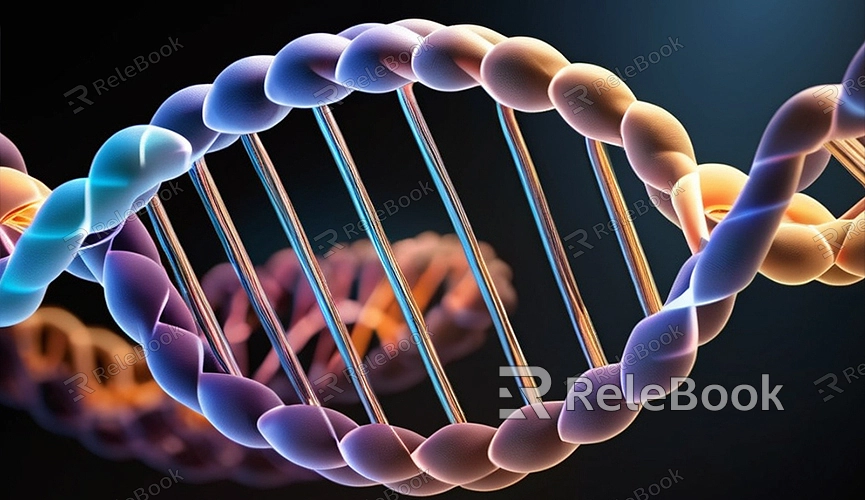How to Make a 3D Double Helix DNA Model
Creating a 3D double helix DNA model not only helps in understanding fundamental biological concepts but also finds applications in education, research, and various display scenarios. This article will provide a detailed guide on how to create a high-quality double helix DNA model using 3D software, along with practical tips and advice.
Choosing the Right 3D Modeling Software
Before starting the creation of a 3D double helix DNA model, selecting the right 3D modeling software is crucial. Popular 3D modeling software includes Blender, Maya, and 3ds Max. For beginners, Blender is a great choice because it is free, open-source, and offers extensive online tutorials and community support.
Learning Basic Operations
Regardless of which software you choose, mastering its basic operations is the first step. Understanding the interface layout, common tools, and shortcuts will significantly enhance your efficiency. You can quickly get started by watching online tutorials or attending training courses. Blender's official website provides many free tutorials to help you learn from scratch.

Collecting Reference Materials
Before actual modeling, preparing concept designs and reference materials is very important. You can search for images of double helix DNA online to understand its structure and details. These references will help you maintain consistency and accuracy during the modeling process. If you need high-quality 3D textures and HDRIs or model downloads for creating models and virtual scenes, you can use Relebook. Download the textures and 3D models and directly import them into Blender for immediate use.
Creating Basic Shapes
When starting modeling, begin with simple geometric shapes. The basic units of a double helix DNA are nucleotide pairs, so you can start by creating a basic model of a nucleotide pair. In Blender, you can use cylinders and spheres to represent the phosphate backbone and bases.
Building the Double Helix Structure
Once the basic model is complete, you can start building the double helix structure. Arrange multiple nucleotide pairs along a helical path, using rotation and move tools to adjust the position and angle of each unit. In Blender, you can use the Array modifier and Curve modifier to help quickly construct the helical structure.
Adding Details and Materials
Refining the model is an important step. Using sculpting tools and subdivision surface techniques can add details and complexity to the model. In Blender, you can use the material node system to create complex material effects. Applying high-quality texture maps can make the model look more realistic. If you need high-quality 3D textures and HDRIs for creating models and virtual scenes, you can use Relebook. Download the textures and 3D models and directly import them into Blender for immediate use.
Setting Up Lighting and Camera
Lighting and camera setup are crucial for the final render effect. In Blender, you can use different types of lights (such as point lights, spotlights, and ambient lights) to simulate real-world lighting effects. Adjust the light's color, intensity, and position to ensure the model looks its best when rendered. Additionally, setting up the camera angle properly will showcase the model from its best perspective.
Rendering and Post-Processing
After completing the model, you can start rendering. Rendering is the process of converting a 3D model into a 2D image. In Blender, you can use the Cycles or Eevee render engines to render high-quality images. Once rendering is complete, you can use image editing software (like Photoshop) for post-processing to further enhance the image quality.
Exporting and Sharing
Finally, export the completed 3D model in commonly used file formats such as OBJ or FBX. You can share the model with others or upload it to 3D model sharing platforms to interact with 3D artists worldwide.
By following these steps, you can create a high-quality 3D double helix DNA model. Creating 3D models requires patience and practice. Continuously learning and trying new techniques will help you improve your skills. If you need high-quality 3D textures and HDRIs or model downloads for creating models and virtual scenes, you can use Relebook. Download the textures and 3D models and directly import them into Blender for immediate use.

